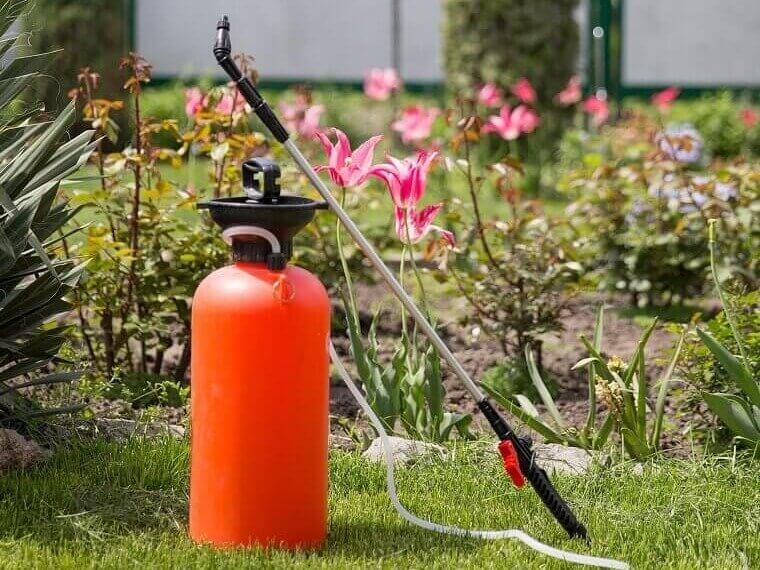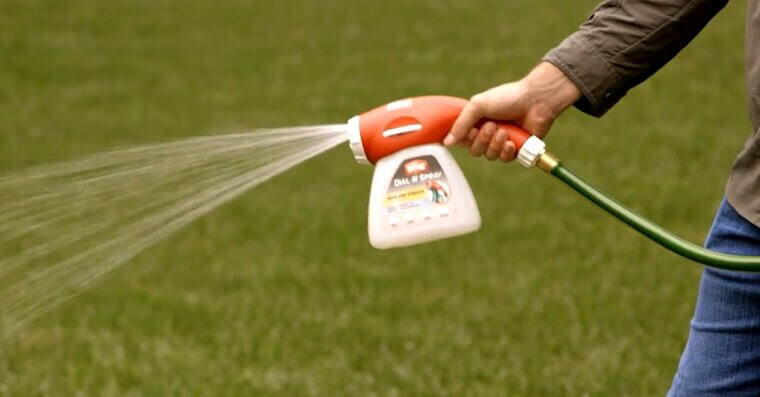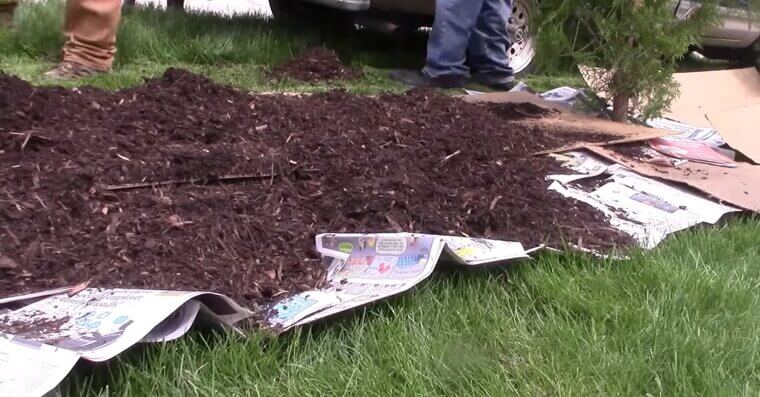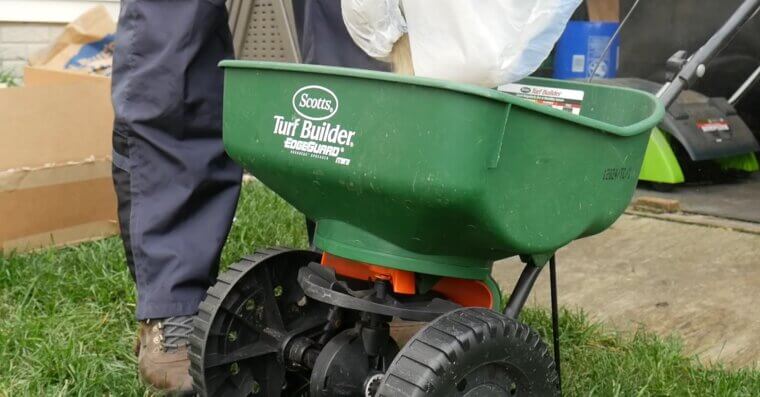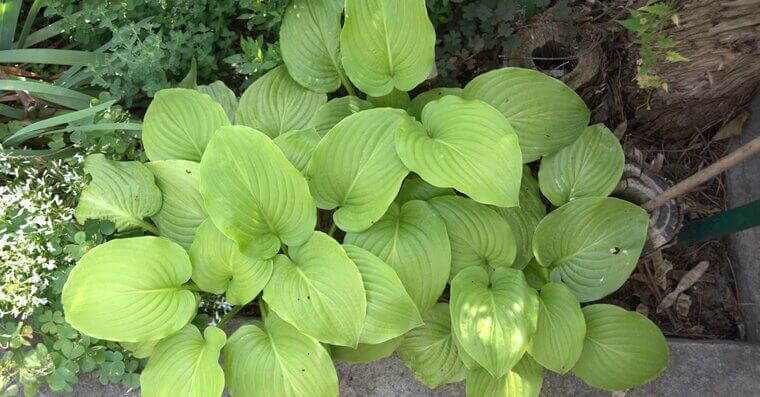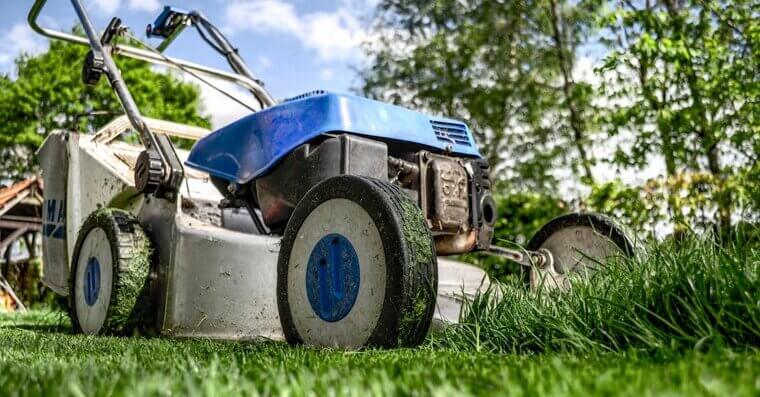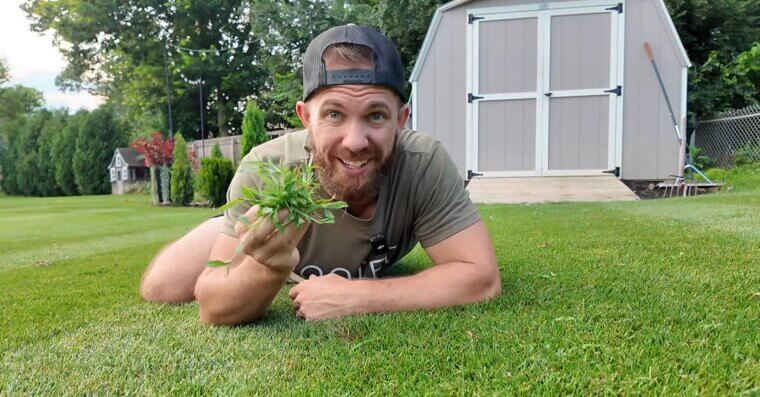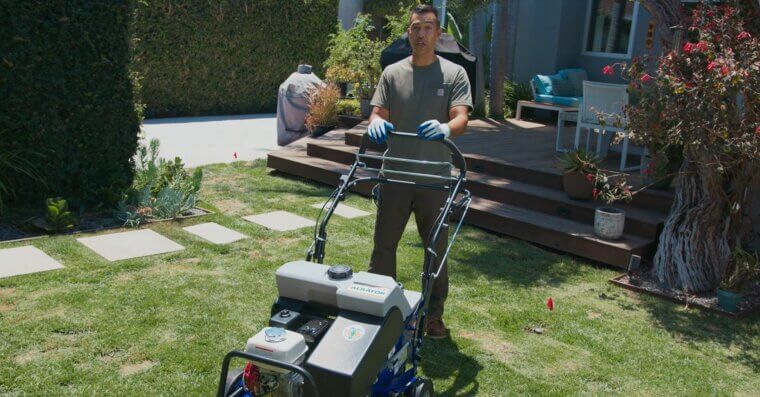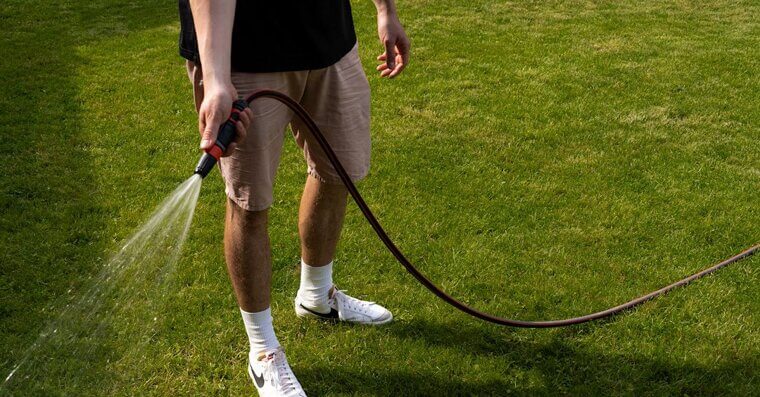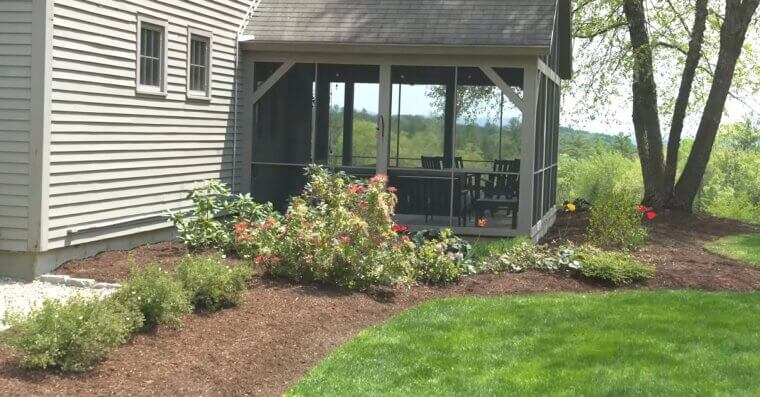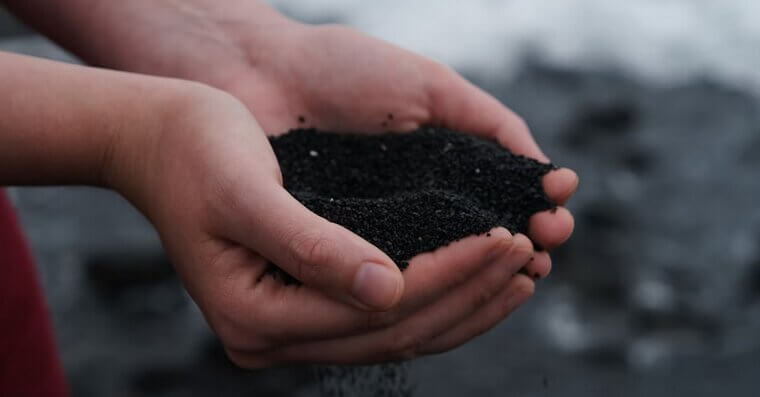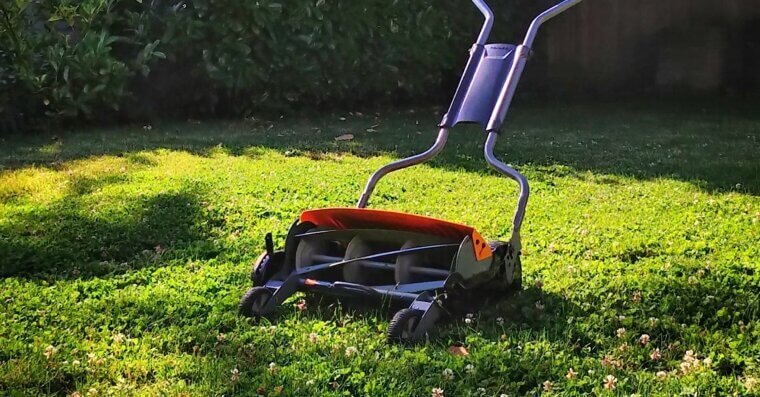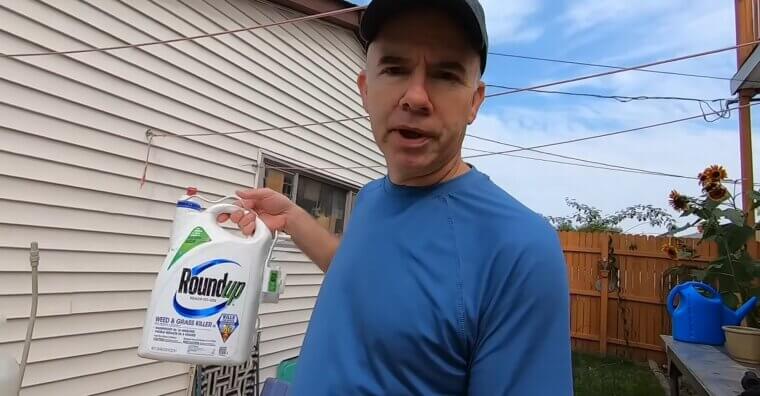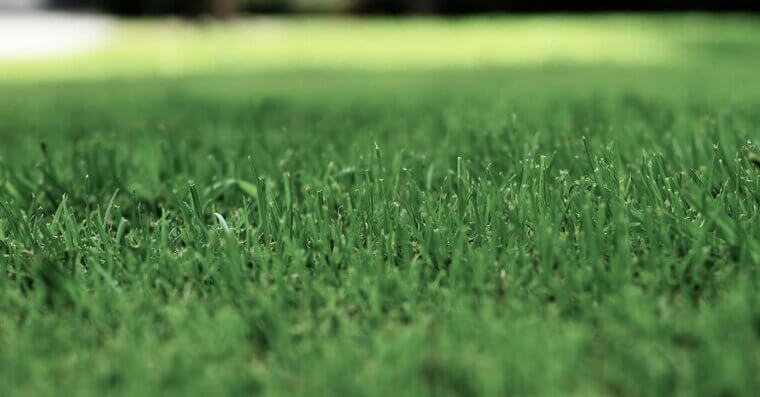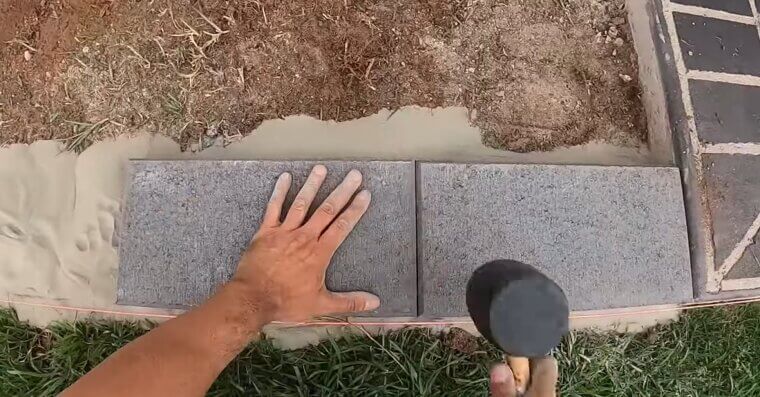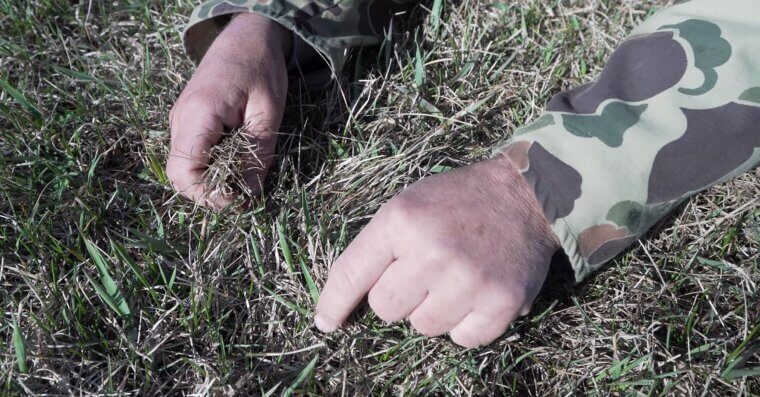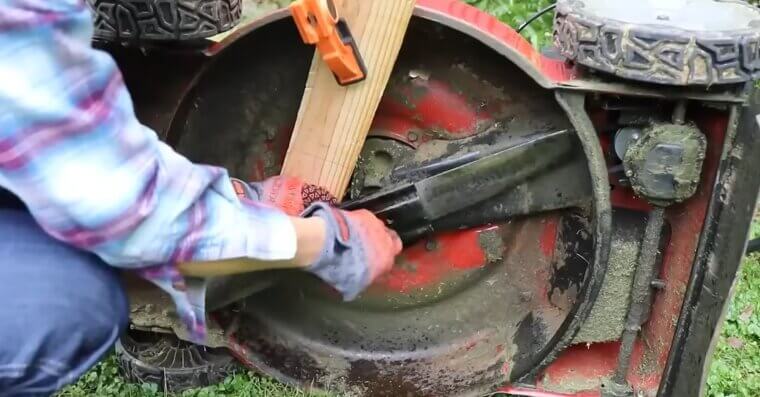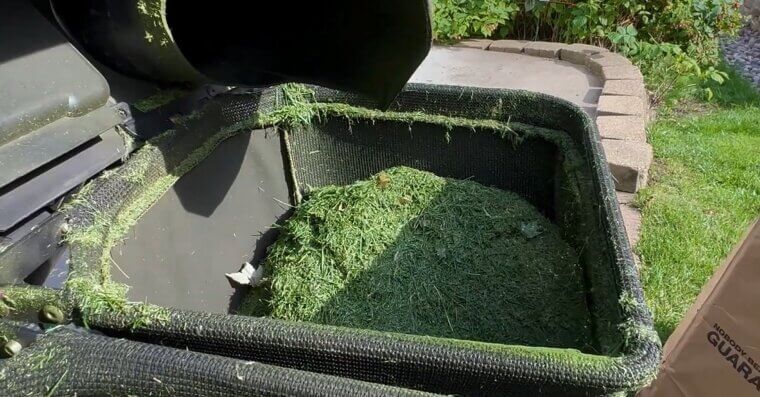Use Vinegar as a Natural Weed Killer
White vinegar - especially the stronger horticultural kind - can be a surprisingly effective natural weed killer. Spray it directly on unwanted growth during sunny days, and it’ll dry out the leaves fast. Just be careful, since vinegar could also kill your grass too.
Identify Weeds Before Planning the Attack
Before grabbing the weed killer, take a close look at what’s actually growing in your lawn. Not all weeds are created equal - some are annuals, some are perennials, and others are spread by roots or seeds. Identifying them first helps you choose the right method to kill them.
Use a Dial Sprayer When Weeds Are Out of Control
If weeds have taken over large sections of your yard, spot-spraying won’t cut it. A hose-end dial sprayer lets you treat bigger areas efficiently. Just attach it to your garden hose, set the correct dilution rate, and walk the yard evenly.
Pull Weeds While They’re Young
It’s always easier to deal with weeds before they mature and spread seeds. Keep a small weeding tool handy and spend a few minutes pulling young weeds every week. You could even pull some of them out with your hands!
Block Sunlight With Cardboard or Newspaper
For stubborn areas where weeds keep coming back, simply smother them. Lay down cardboard or several layers of newspaper, then cover it with mulch. The paper blocks sunlight, starving weeds of what they need to grow. It’s an eco-friendly and usually pretty cheap way of improving your lawn.
Keep Your Lawn Thick With Regular Overseeding
Weeds love open space, so the thicker your grass, the fewer opportunities they have. Overseed your lawn every fall or spring with a good mix that suits your region. Think of it as giving your lawn strength in numbers.
Plant Hardy Ground Covers in Shady Areas
Shady spots are a weed’s dream come true because weak grass struggles there. The fix? Replace those problem areas with shade-loving ground covers. Options like hostas or ferns create dense coverage that weeds can’t touch.
Set Your Blade at the Right Height to Control Weeds
Many people cut their grass very short, but that’s actually an open invitation for weeds. Taller grass shades the soil, making it harder for weed seeds to germinate. Keep your mower blade around three inches high for most lawns.
Don’t Fight Weeds Where Grass Won’t Grow
If you’ve got a spot where grass just refuses to grow - like under dense trees or along shady fences - stop fighting it. Instead, switch gears and plant hardy ground covers instead. These fill in the bare spots, crowd out weeds naturally, and require less maintenance than trying to force grass where it doesn’t belong.
Prevent Crabgrass With a Pre-Emergent Herbicide
Crabgrass is one of those weeds that laughs in the face of late-season efforts. The key is prevention. Apply a pre-emergent herbicide in early spring—right before the soil warms up enough for seeds to sprout. Timing is everything.
Treat Weed Patches With a Small Tank Sprayer
When you’ve got small patches of weeds rather than a full-blown invasion, a tank sprayer is what you need. Mix up your herbicide according to label instructions, then target only the problem spots. This method saves money, limits chemical use, and keeps your healthy grass untouched.
Pull Weeds After It Rains
Weeding is much easier right after a good rainstorm. The soil softens, making it simple to pull weeds out by the root without breaking them. If it’s dry out and will be for a while, give the area a good soak with your hose first.
Aerate Your Lawn Once a Year
Compacted soil doesn’t just hurt your grass - it encourages weeds. Aerating once a year loosens the soil and helps nutrients and oxygen reach the roots. And the healthier your grass roots are, the less chance weeds have to take over.
Don’t Water Too Often
Weeds thrive in constantly damp soil. So instead of daily watering, go for deep, infrequent sessions. This encourages your grass to grow strong, deep roots while starving weeds of easy moisture. Most lawns only need about an inch of water per week - including rainfall - to stay healthy.
Use Landscape Fabric Staples to Anchor the Seams
When laying landscape fabric around garden beds or walkways, don’t skip the staples. Over time, fabric shifts and the gaps open - and suddenly you have prime real estate for weeds to sneak through. Use plenty of staples to hold the seams down tightly. You can find them at your local garden center.
Edge Your Lawn Regularly
Weeds love to creep in from the edges, so keep them clean and defined with a half-moon edger or power trimmer. It’s a simple routine that stops weeds from spreading into your main lawn, and it instantly makes your yard look more polished.
Fertilize Strategically, Not Excessively
Over-fertilizing your lawn might make it look nicer in the short-term, but it can also fuel weed growth. Stick to a slow-release fertilizer suited for your grass type, and apply only during its active growing season. Feeding your grass correctly helps it compete with weeds naturally.
Mulch Garden Beds Generously
Bare soil is an open invitation for weeds to sprout. Adding a thick, two- to three-inch layer of mulch helps block sunlight, keeping weeds from germinating. Organic mulch like shredded bark is probably the best bet.
Compost Carefully
While composting is great for the environment, not every weed should go in your pile. If a weed has gone to seed or has deep roots (like dandelions or bindweed), toss it in the trash instead. Otherwise, those seeds might survive the composting process and come right back to haunt your garden.
Reseed Bare Spots Quickly
Every bare patch in your lawn is basically an open invitation for weeds. As soon as you spot one, rake it out, toss in some grass seed, and keep it moist until new growth appears. This small bit of upkeep pays off big for diehard lawn lovers.
Mow Regularly to Stop Seed Spread
Letting weeds grow tall enough to flower or seed is asking for trouble. Mowing regularly helps chop off weed tops before they spread more seeds across your lawn. Plus, who doesn’t enjoy pushing a mower on a fresh Saturday morning?
Clean Your Mower Deck and Tools
Weed seeds can hitch a ride on your mower, rake, or even shoes without you realizing it. After mowing or edging, take a minute to brush off your mower deck and tools. This small step helps prevent accidentally spreading seeds to new parts of your yard.
Try Boiling Water for Driveway Cracks
If weeds are sprouting between driveway or sidewalk cracks, skip the chemicals and pour boiling water directly on them. It’s effective and also a lot cheaper than some other options. Just be careful not to splash your feet or nearby grass.
Apply Weed Killer on Calm, Dry Days
If you’re using herbicides, timing and weather matter. Always apply on a calm, dry day so wind doesn’t carry the spray onto your healthy plants. And as for rain, that can wash away the treatment before it works.
Don’t Ignore the Soil Health
Healthy soil grows healthy grass, and healthy grass naturally fights weeds. Test your soil every couple of years to check pH and nutrient levels. If it’s too acidic or lacking nutrients, weeds will move right in.
Mix Grass Types for Better Coverage
A single grass type can leave your lawn vulnerable to weeds if it’s not suited to your conditions. Mixing cool- and warm-season grasses - or sun and shade varieties - creates a thicker, more resilient lawn. The more coverage you have, the fewer opportunities weeds get to sneak in and take hold.
Edge Flower Beds With a Physical Barrier
A clean, physical barrier between your lawn and flower beds - like metal edging, bricks, or plastic strips - can help stop creeping weeds and grass runners. It’s not just for looks; it keeps the mulch in place and weeds out.
Rake Out Thatch Buildup
A thick thatch layer (that spongy layer of roots and debris) traps moisture and creates a perfect environment for weeds. Rake or dethatch your lawn every year to remove the excess. Ask at your local gardening center about dethatching tools.
Sharpen Your Mower Blade
A dull mower blade tears grass instead of cutting it cleanly, which stresses your lawn and makes it more vulnerable to weeds and disease. Sharpen your blade a few times a season for smoother cuts and a healthier lawn.
Be Patient
Even with the best care, weeds don’t disappear overnight. Consistent effort – as in, doing as many of the things on this list you think are appropriate for your own lawn - pays off over time.
Don’t Overwater After Applying Herbicide
Once you’ve treated weeds, resist the urge to water right away. Most weed killers need several hours - or even a full day - to be absorbed into the leaves. Watering too soon can wash the product off before it has a chance to work.
Apply a Post-Emergent Herbicide for Tough Weeds
Some weeds are just too stubborn for pulling or pre-emergents alone. A post-emergent herbicide targets weeds that are already up and growing. Use it selectively, following directions carefully, to kill mature weeds without harming your lawn.
Don’t Bag Every Grass Clipping
Not many people know this, but leaving grass clippings on your lawn can actually help suppress weeds. As they decompose, clippings return nutrients to the soil and create a light mulch that shades weed seeds. Just make sure your clippings are short and dry.
Watch for Wind-Blown Seeds
Even if your yard looks perfect, your neighbors’ weeds might not stay put. Seeds can easily blow across fences or drift in from the street. If it really bothers you, why not offer to weed the neighboring yard as well? You could even make extra money this way!
Keep a Regular Lawn Care Schedule
Consistency is key. Mowing, watering, feeding, and weeding all work best when done regularly. Skipping a few weeks gives weeds a head start that’s hard to reverse. Even if you can’t do everything at once, setting a simple schedule is a really good idea.

